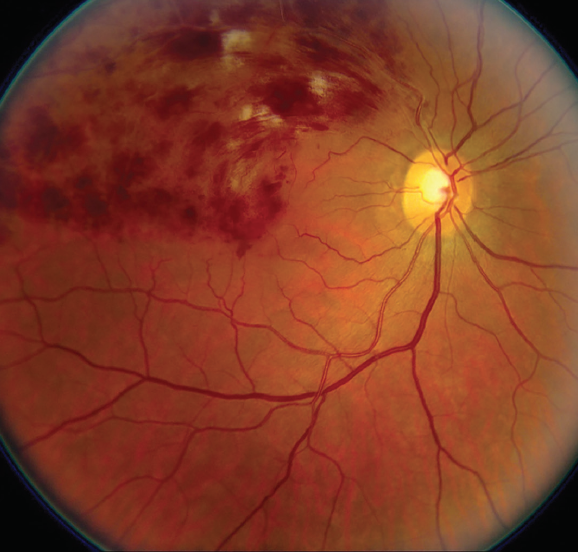
Retinal Vein Occlusion (RVO)
Retinal Vein Occlusion (RVO)
Retinal vein occlusion occurs when a small vein in the retina becomes blocked, often due to a blood clot. This leads to a buildup of pressure and fluid, which can damage the retina and affect your vision.
Risk factors include:
Age (more common over 60)
High blood pressure
Diabetes
Glaucoma
Smoking
Symptoms may include sudden or gradual vision loss, blurring, or dark spots in your vision. Prompt evaluation is essential to manage complications and preserve vision.
Treatments
Anti-VEGF Injections: These medications help reduce swelling in the retina and improve vision. They are commonly used for macular edema caused by RVO.
Steroid Injections or Implants: Used to control inflammation and retinal swelling.
Laser Therapy: In some cases, laser treatment may be used to prevent or treat abnormal blood vessel growth or reduce retinal swelling.
Managing Underlying Conditions: Controlling high blood pressure, diabetes, and cholesterol is essential to reduce the risk of further damage or recurrence.
